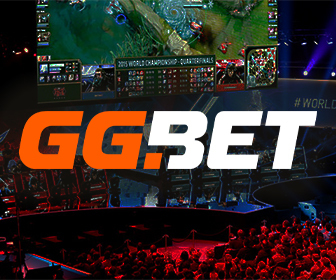Game makers are no longer creating a single and unified marketplace. They have to manage a spectrum of platforms and each with its distinct design implications and user expectations, and commercial models. This increased diversification requires a resilient method of structuring, distributing, and monetizing games.
Some environments prioritize ease of access, faster transactions, and fewer limitations on user behavior. Unlike more restrictive platforms, options like UK non-GamStop operators offer greater freedom around deposits, gameplay variety, and promotional incentives. Qualities like more control, broader choice, and streamlined engagement reflect user preferences that extend far beyond the gambling sector.
By studying how players respond to these freedoms, developers gain valuable insight into designing for autonomy, immediacy, and personalization. It is important to understand why access matters as much as how it’s delivered.
Developer Adaptations to Platform-Specific Features
When designing for platforms that offer a range of payment options and user interactions, developers prioritize interface systems that support immediate transactions and intuitive navigation. Environments that support cryptocurrency or alternative wallets require frontend designs that react instantly to input while maintaining visual clarity.
There are changes in pacing as well. Modular design works better when the user on the site sees a number of different types of content during the one given session of using the site. To enable it to go between modes, developers insert short gameplay loops and thus flexible sequences. This supports user experiences oriented on sampling rather than extended linear progression.
Monetization Design Informed by Platform Dynamics
On platforms that support flexible loyalty systems and non-standard currencies, developers build reward mechanisms. This requires systems that track behavior metrics in real time. These features are managed by backend systems that tag usage data and calculate reward triggers dynamically.
Developers also prepare for the integration of multiple payment systems. Interface flows must accommodate real-time balance updates, visual clarity in currency selection, and seamless transitions between different account types. This influences how transactions are logged, confirmed, and reconciled on the backend.
Feedback Loops in Niche Ecosystems
On platforms with smaller or more engaged communities, communication between developers and players tends to be direct and responsive. This setup allows fast iteration cycles. In these settings, feedback can influence design updates within days. Development teams often design internal tools that let them track common user requests and adjust mechanics without rebuilding core systems.
Developers invest in modular data structures. They also invest in UI elements. This allows users to customize interfaces and align them with content without accessing the source code. Those kinds of systems rely on structured data inputs like JSON files, XML configurations, or in-app editors.
Technical Considerations Across Platforms
Most development teams adopt modular engine designs that have the ability to suppress noncritical parts based on the device. With systems based on ECS (Entity-Component-System), component-based systems, features such as rendering or physics can be enabled or disabled depending on performance factors (e.g. frame rate). That assists games to run smoothly on a variety of hardware.
Multi-platform readiness is also involved in secure system design. Payments and user information should be transmitted, controlled, and stored in a secure, credential manner. The code of developers who operate in such environments introduces universal user verification procedures, in particular, when web services differ in using the notions of account persistence or the availability of guest access.
A recent case involving Apple’s withdrawal of its Advanced Data Protection feature from UK devices in 2025 underscores the challenges developers face when maintaining encryption standards across jurisdictions.
Strategic Implications for Development Roadmaps
Platform diversity shapes long-term planning. According to a 2025 report from Room 8 Group, 60 % of developers plan to implement AI or are already using it. Many of them aim to streamline update cycles through automation. That trend aligns with shorter development sprints and automated deployment pipelines.
Focusing on a limited range of compatible platforms can improve efficiency. A case study by MoldStud shows 72 % of developers favour cross‑platform frameworks such as Flutter or React Native, reducing development time by up to 30 % and avoiding duplicate efforts. Teams may tailor separate builds by input type or device performance. This segmentation allows deeper optimization, such as responsive UI layouts and tailored memory budgets.
Broader Industry Trends Among Developers
According to the 2025 GDC State of the Game Industry report, it is stated that 59 % of developers operate alone or in very small groups. Such arrangements are driven by quick and data-driven platform interventions in which several micro-updates are launched almost every day instead of quarterly-integrated packages. Approximately half of developers still fund their projects themselves, and (in the case of later development) hundreds of developers use crowdfunding or grant funding to generate further development. The targeted platform deployment flexibility allows smaller teams to remain creative despite working with a limited budget.

